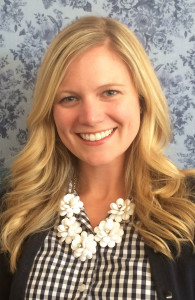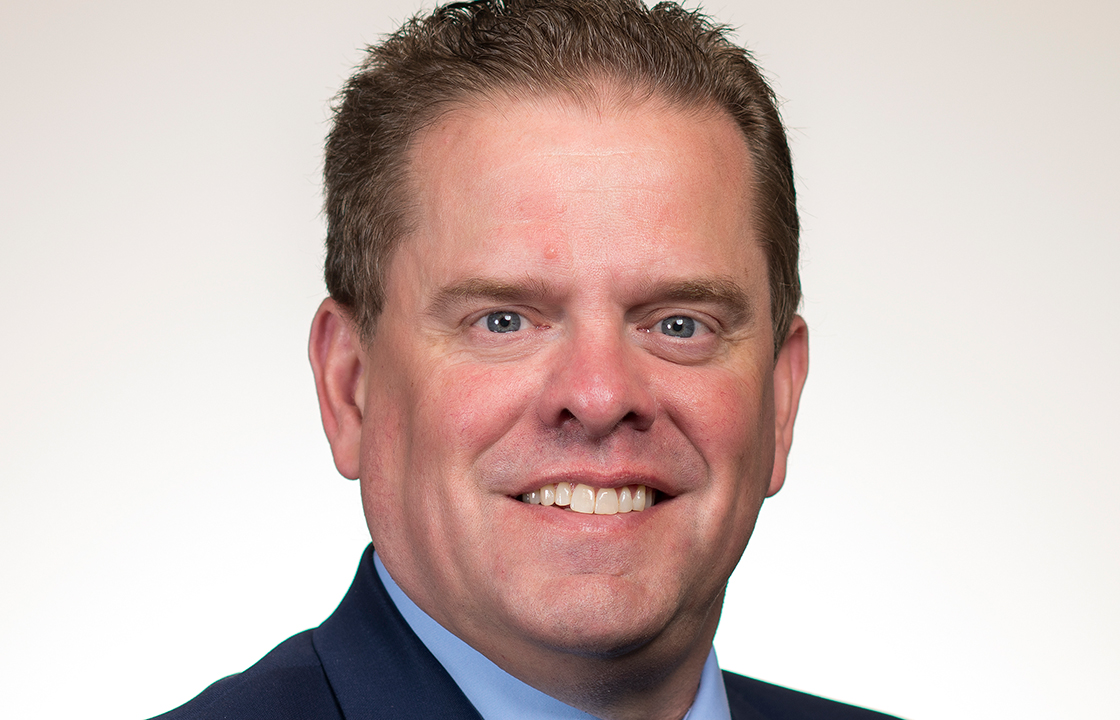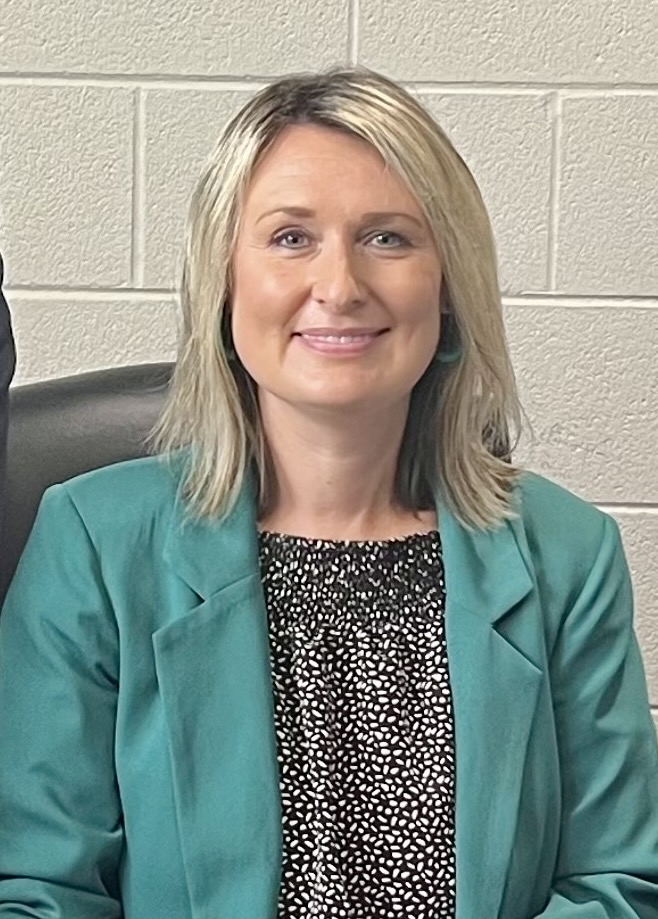
Melissa Shearon
By Melissa Shearon
melissa.shearon@jefferson.kyschools.us
Anyone who works in education understands the varied and vast needs our schools have every day. Beyond the obvious instructional demands, there are personnel to manage, student gaps to close and parents to engage.
Amid juggling these responsibilities, school leaders must be attentive to the voices in their building. By listening closely, they gather tremendous insight into how to improve their schools and, at the same time, learn who has the strengths and desire to lead. Implementing a model of distributed leadership – in which teachers and administrators work collaboratively to solve problems – creates leadership opportunities for many and growth for all.
In my first year out of the classroom, I work as a Goal Clarity coach at Westport Middle School in Jefferson County public schools. My principal entrusts me to lead new teacher programming and literacy initiatives, as well as to respond to our teachers’ and students’ evolving needs. His trust in me has reminded me to trust others and look to them for solutions.
In December, my school’s leadership decided to place our trust into a valuable resource – teachers – and encourage them to step into leadership. We identified an ongoing need for classroom management support and looked for those who had the skills and desire to lead. These teachers were trained as behavior management coaches and coached their peers to create measurable action plans.
Our coaches support their colleagues using observation, feedback and data, and by working alongside them in their classrooms once a week. To make these relationships possible, our leadership depended on our schedule that allows core content teachers two planning periods daily, offering flexibility for professional learning.
In the very first week of implementation, we spotted coaches visiting their partner’s classroom during times other than what was originally scheduled. We heard them speak in excited voices in our lobby after school. Empowered by an opportunity to use their skills to lead and help others, teachers more than rose to the occasion. They didn’t just buy in to a program, they took responsibility for their program. We extend the cycle by listening to their feedback and continue to improve our systems for support.
This type of distributed leadership respects and relies on relationships and trust among colleagues. Heather Lattimer, associate dean of the school of Education Sciences at the University of San Diego, said relational leadership is an asset for schools.
“Working alongside their colleagues, teacher leaders are able to share the example of their own work, to build trusting relationships that open space for hard conversations, and to dedicate the time needed to mentor colleagues in reforming practice,” Dean said in the December 2012 edition of “The Australian Educational Leader.”
Our coaches show leadership through sharing their expertise, but also lead by example and with compassion. They open their classrooms to their partners. They invest in relationships because they see themselves and their challenges in their colleagues.
When I asked Laura – a coach in her eighth year of teaching – about her progress, her response focused immediately on the strengths in her counterpart. She praised his growth mindset and awareness. She excitedly spoke about her next steps as a leader and wished she could do more. Her comments demonstrated the reflection and compassion required of an effective leader.
This type of distributed leadership emboldens teachers at every stage of their career, encouraging them to create and innovate. Torri, a third-year teacher and coach said, “I definitely think it has empowered me as a leader. I believe that the nature of teaching is to constantly reflect and evaluate. As a relatively new teacher myself, my self-evaluation is all the more crucial. When I observe and offer suggestions and then see those implemented …, helping to create an improved classroom climate, then I am fortified in my own classroom.”
Torri then shared a number of other ideas to improve our school. Clearly, students are the greatest beneficiaries of this kind of leadership.
Those receiving the coaching smile when they talk about their peer support partners. They are thankful to have a relationship with someone outside of their immediate team. They cite their colleagues’ knowledge and ability to give manageable feedback as strengths of the program.
“Every time she comes, she’s like, ‘Why don’t we try this?’” said Torri’s partner in the work, first-year teacher Alex. “It’s one thing to try each week. Let’s do this one thing.’” He said that it’s especially helpful that Torri is not far removed from being a first-year teacher.
Another teacher said that she only wishes the program would have started earlier. She’s thankful to be getting feedback from someone who is still in the classroom. Relational leadership naturally encourages trusting, authentic relationships like these.
It would be presumptuous to assume that distributed leadership happens naturally. In order for teachers and other staff members to step up and lead, building leaders must be intentional and believe in its potential impact.
Attention also must be paid to logistics. My principal made it a priority to have a schedule that offers content teachers two planning periods each day. Because of this, we are able to enact distributed leadership opportunities through teacher-led professional learning communities, team meetings, and peer support and observation.
Distributed leadership spreads. Because of our peer support program, I am inspired to consider other avenues for teachers and other staff members to lead. Could our office staff have ideas to increase parent involvement? Shouldn’t we ask our security staff for ideas about tardiness? Good leaders recognize when to encourage others to lead.
It’s easy to become overwhelmed when considering the amount of work our job requires. The reason to remain optimistic is because of the superheroes who work beside us. Building leaders must recognize that the massive amount of school needs cannot be met by administrative staff alone. Distributed leadership benefits students, staff and administrators. We need one another – both to lead and to follow.
Melissa Shearon, a National-Board certified teacher, is a Goal Clarity Coach at Westport Middle School in Jefferson County public schools. A graduate of and coach for Classroom Teachers Enacting Positive Solutions team, she works with teachers across the state to promote teacher leadership within schools.



Leave A Comment